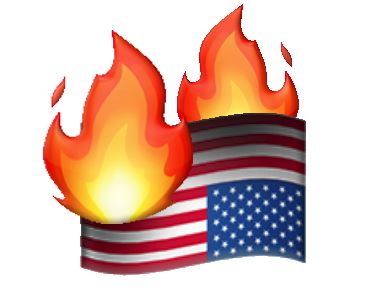The NCAA Board of Governors, as well as the parasitic leaders of its five “power conferences” — the Atlantic Coast Conference (ACC), Big Ten, Big 12, Southeastern Conference (SEC) and Pac-12 — agreed to pay more than $2.8 billion in back pay and damages over the next 10 years to both past and current athletes. The NCAA, along with the power conferences, will be responsible for 40% of the settlement, and the rest of the costs will fall on the member universities. (CBS, May 24).
The first antitrust lawsuit against the NCAA was filed by former Arizona State swimmer Grant House in 2020. Known as House vs. NCAA, the lawsuit challenged the one-sided NCAA rules regarding the NIL (name, image and likeness) of student athletes. University of Illinois football player Tymir Oliver and former University of Oregon basketball player Sedona Prince filed their own cases against the NCAA.
The settlement terms still must be approved by Judge Claudia Wilken of the U.S. District Court for the Northern District of California, who is presiding over all three cases. The process is expected to take months, and student athletes may not start receiving revenue for another year or two. Once approved, all Division I athletes from as far back as 2016 may be eligible for back pay. The settlement will also establish a precedent for how student athletes are properly paid moving forward.


